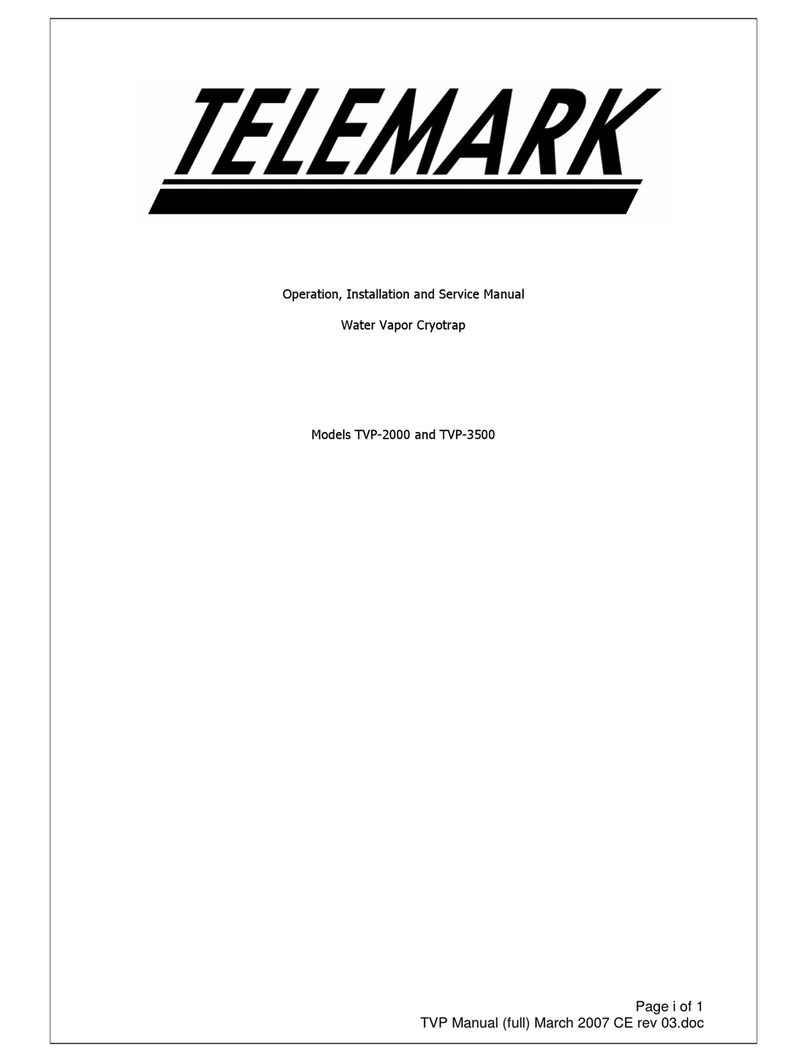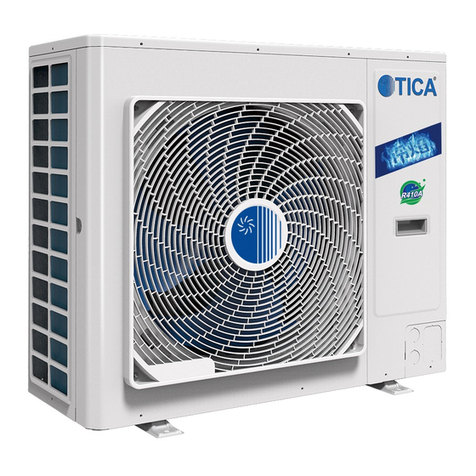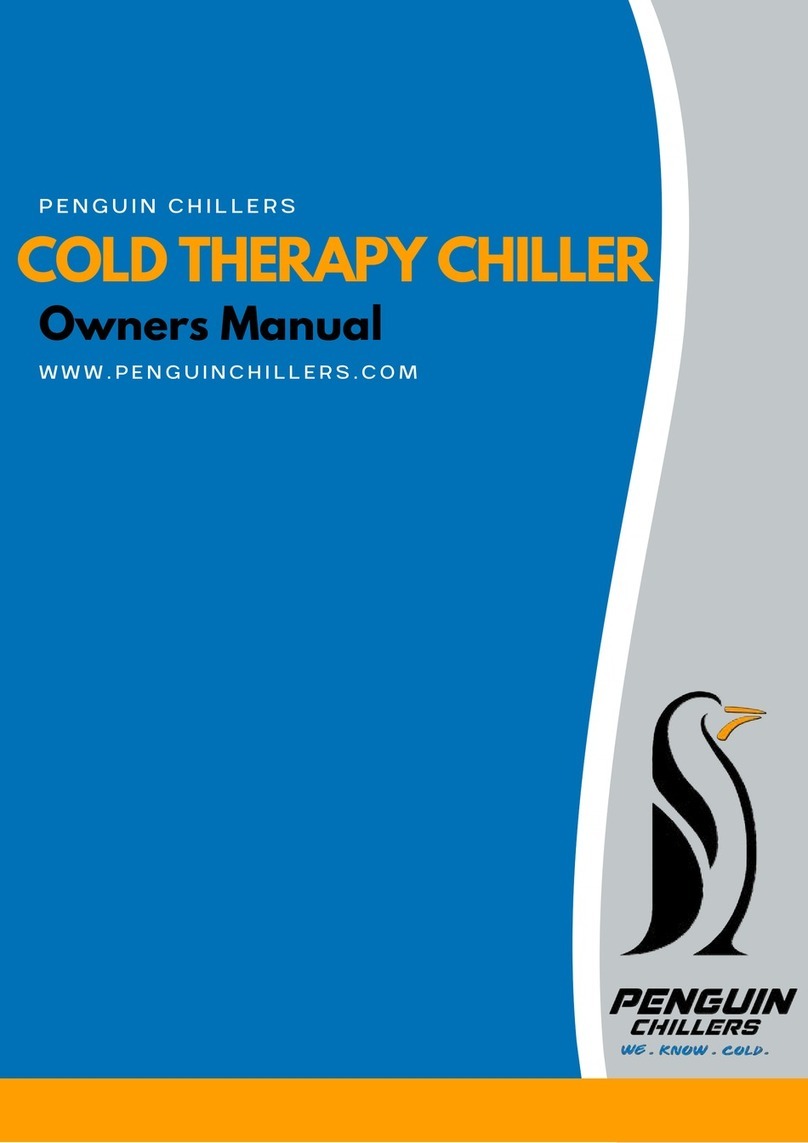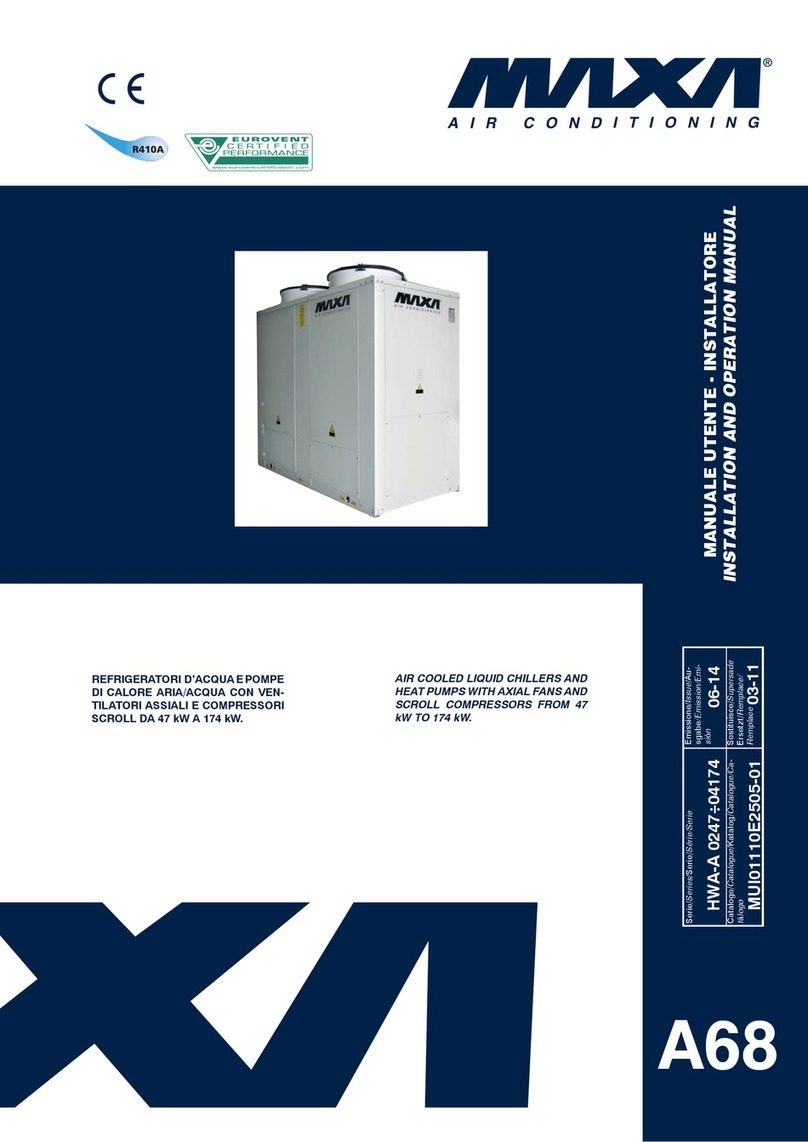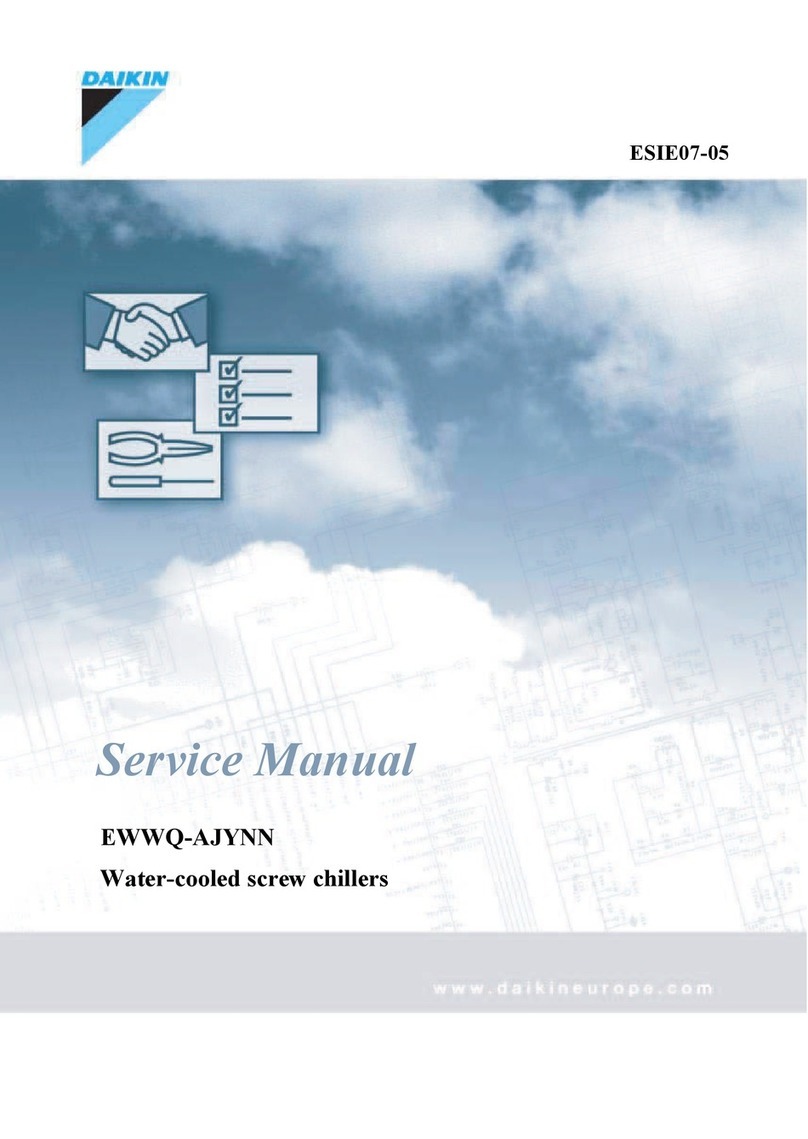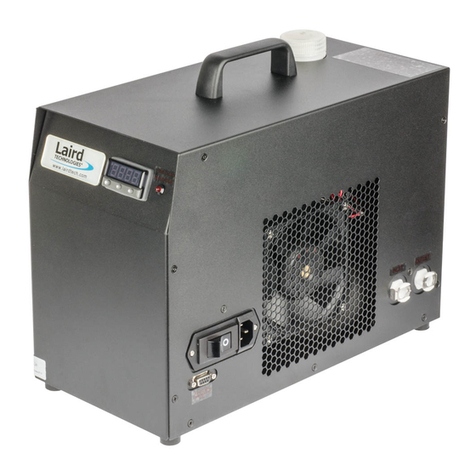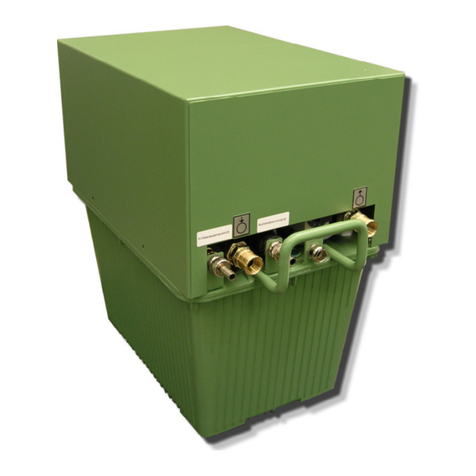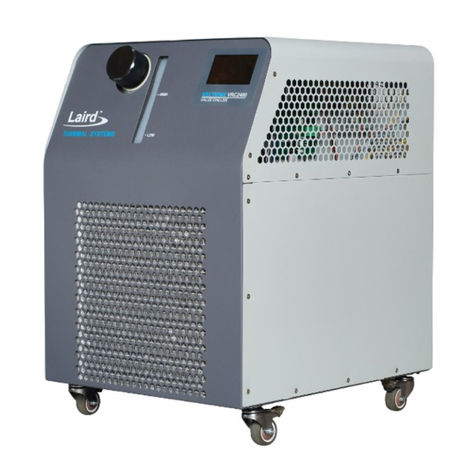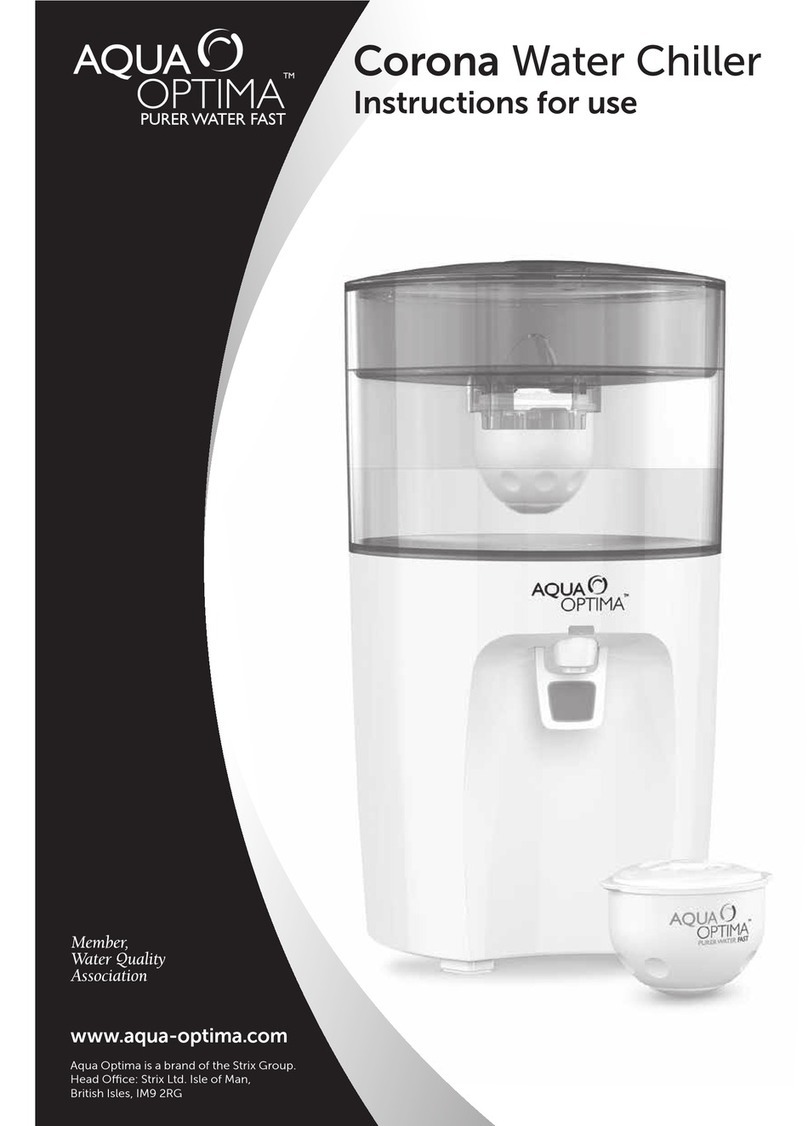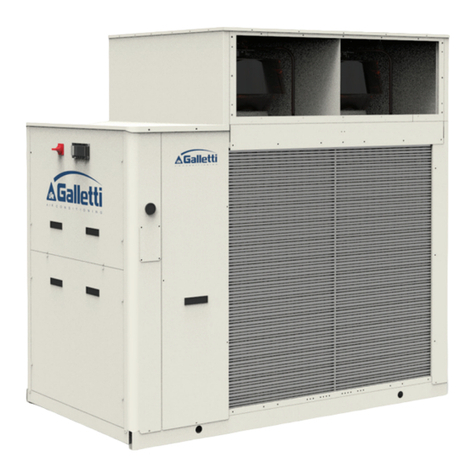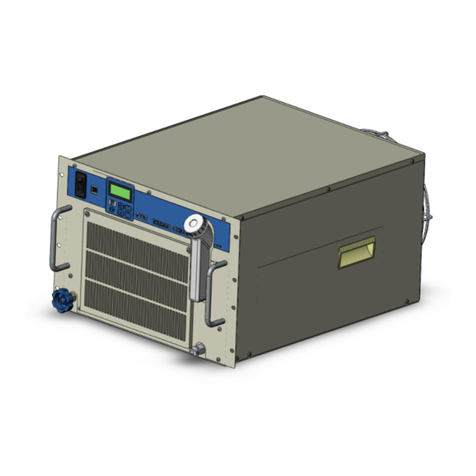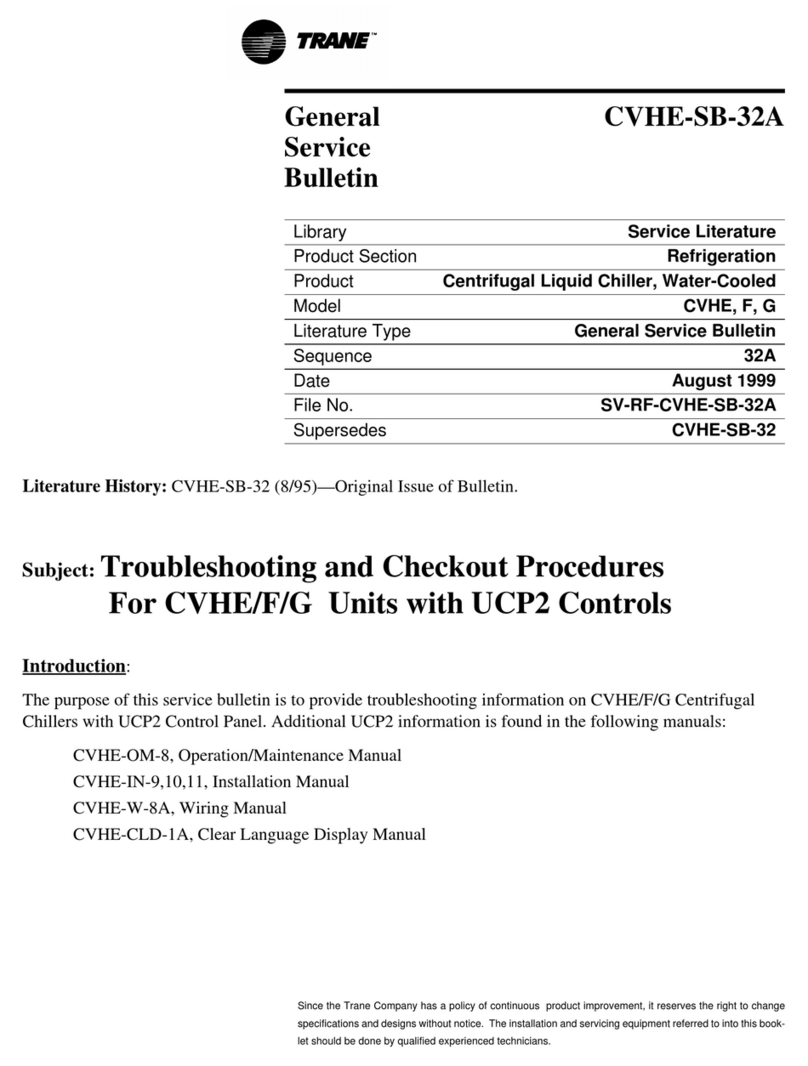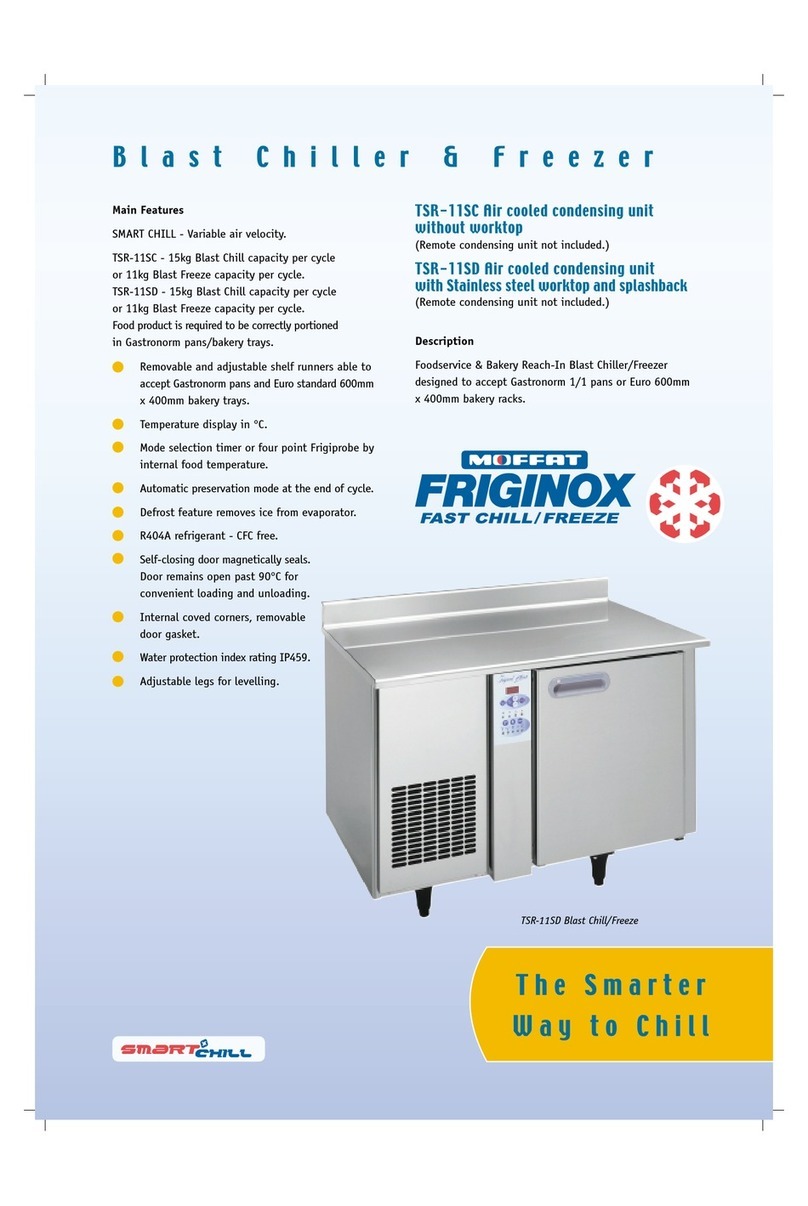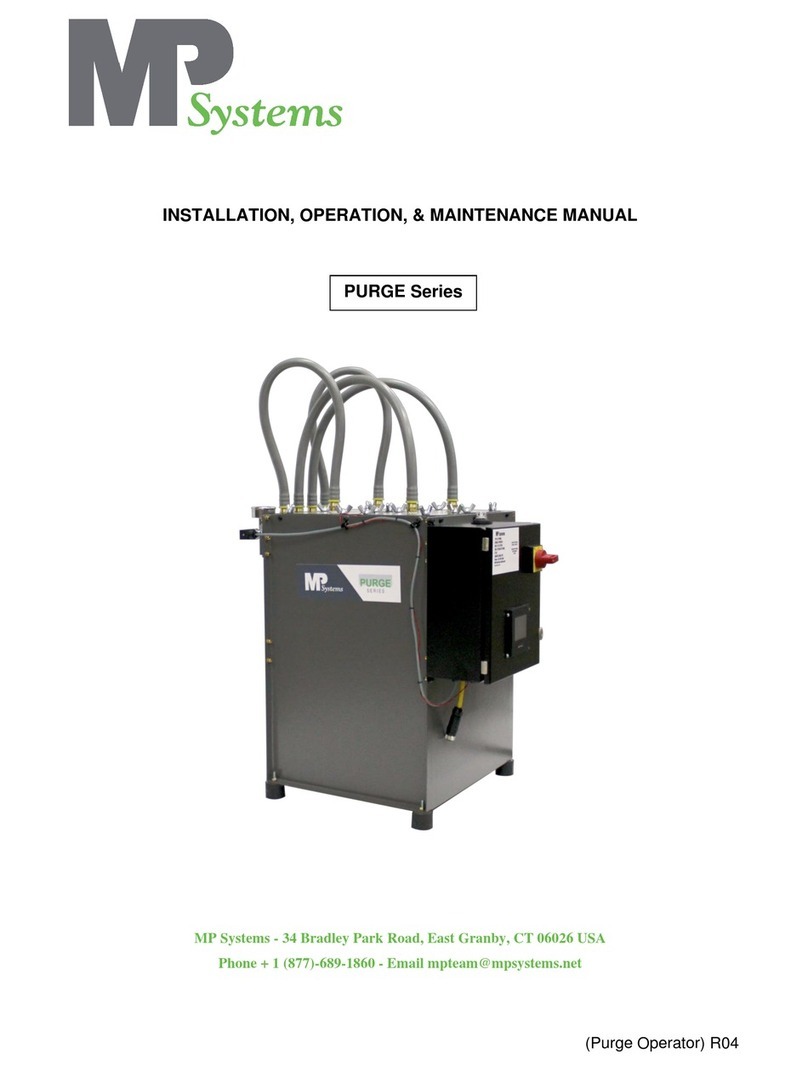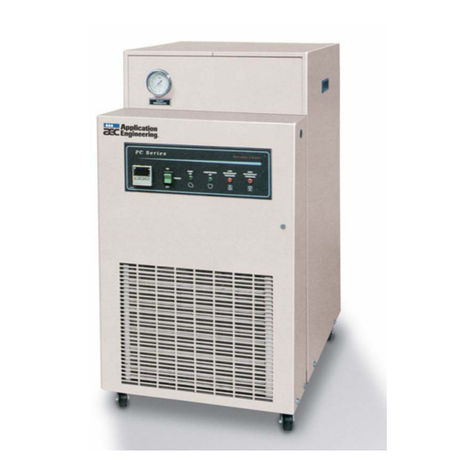
4
Table of Contents
1History of changes............................................................................................................. 5
2About this Manual.............................................................................................................. 7
2.1 Terms of Guarantee............................................................................................................ 7
2.2 Contact Information ............................................................................................................. 8
3Safety Regulations ............................................................................................................ 9
3.1 Hazard Classes .................................................................................................................... 9
3.2 Safety Symbols .................................................................................................................... 9
3.3 Hints for Safe Operation................................................................................................... 10
3.3.1 Prevent Hazards ....................................................................................................................................10
3.3.2 Hints Regarding the Electrical Equipment .............................................................................................10
3.3.3 Environmental Issues.............................................................................................................................11
3.3.4 Protective Clothing .................................................................................................................................11
3.4 Safety Equipment .............................................................................................................. 12
3.4.1 Guards....................................................................................................................................................12
3.5 In Case of Accidents ......................................................................................................... 12
4Product Description......................................................................................................... 13
4.1 Description........................................................................................................................... 13
4.2 Non-Conformity with the Intended Use........................................................................ 13
4.3 Technical data .................................................................................................................... 14
4.3.1 Physical dimensions...............................................................................................................................14
4.3.2 Performance data...................................................................................................................................14
4.3.3 Environmental specifications .................................................................................................................14
4.3.4 Settings...................................................................................................................................................14
4.4 Setting-up Requirements.................................................................................................15
4.4.1 Installation Location ...............................................................................................................................15
4.4.2 Environmental Conditions ......................................................................................................................15
4.4.3 Infrastructure ..........................................................................................................................................15
5Initial Operation ................................................................................................................ 16
5.1 Safety Indications Related to Initial Operation ........................................................... 16
5.2 Setting to Work ................................................................................................................... 16
5.2.1 Connecting the unit electrically ..............................................................................................................16
5.2.2 Carrying out Setting-to-Work .................................................................................................................16
6Maintenance and Cleaning ........................................................................................... 18
6.1 Heat exchanger .................................................................................................................. 18
6.2 Pump..................................................................................................................................... 18
6.3 Cleaning of Unit Casing ................................................................................................... 19
7Repair .................................................................................................................................20
